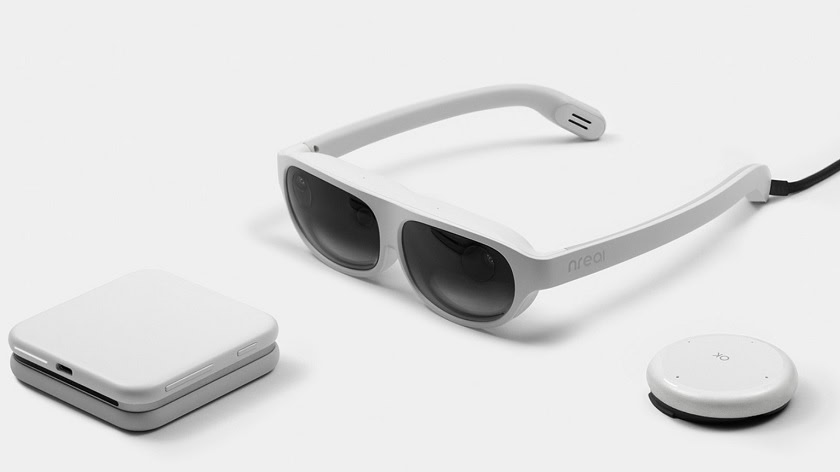Affiliate links on Android Authority may earn us a commission. Learn more.
Qualcomm wants your next phone and 5G to power "XR Viewers"
Published onFebruary 25, 2019

Virtual and mixed reality (XR) is in a bit of a weird spot at the moment. There’s consumer content and hardware out there, but these products remain firmly in a niche that’s yet to find any mainstream appeal. Qualcomm thinks it has found a way to give the market a shot in the arm by supporting a new wave of what it dubs “XR Viewers.”
The premise is rather straightforward. Strip out all of the major processing hardware for current XR products and instead use your phone to do the heavy lifting. After all, modern smartphone-grade hardware is already powering standalone virtual reality headsets, and we’re all carrying this technology around in our pockets. This allows XR Viewers to be more cost-effective, much lighter, and don’t have to worry about bulky batteries and heat dissipation.
Qualcomm also wants to leverage 5G’s high data rate and low latency to great powerful use cases. XR Viewer support is exclusive to the Snapdragon 855, which can be paired with a 5G modem, so support won’t be coming to existing handsets. The transfer of data can be handled over a simple USB-C connection. So, unfortunately, there’ll be a wire dangling from your glasses to your pocket.

As part of this announcement, Qualcomm is expanding its HMD Accelerator Program to include XR Viewers. This encompasses a range of reference designs and pre-validated components and requirements for third-party companies to quickly design and build their own products.
This sounds like a neat idea on paper, but I find it hard to see it working in reality (the regular kind, not the virtual kind). Qualcomm’s technology takes an already niche products and makes it even less accessible by requiring a Snapdragon 855 handset. While millions of those are likely to ship this year, millions more mid-range devices will be sold around the world. In my opinion, there are just too many hoops to jump through to make this appealing at the moment.
Even so, Qualcomm already has a few major companies onboard. The Acer Mixed Reality headset and NReal Light (pictured above) are two real products that support this technology. The company is also collaborating with ecosystem partners in the smartphone, content, and mobile operator spaces. Big names include Xiaomi, Razer, OnePlus, Vive Wave, NetEase, LG U+, SK Telecom, and Swisscom, to name just a few.
Maybe, in a few years, we’ll all be using XR Viewers?